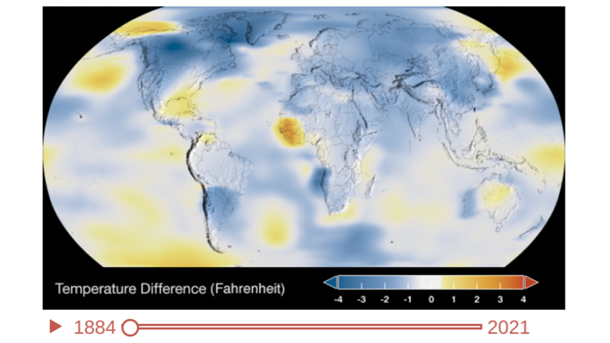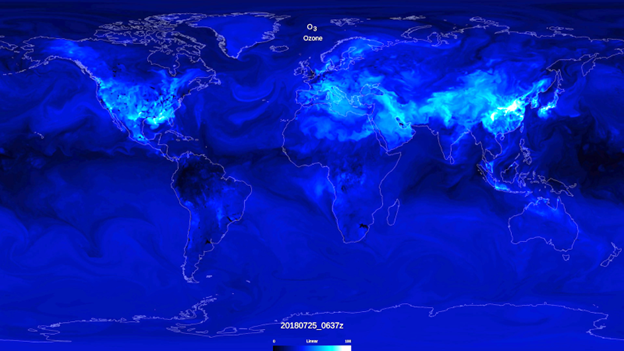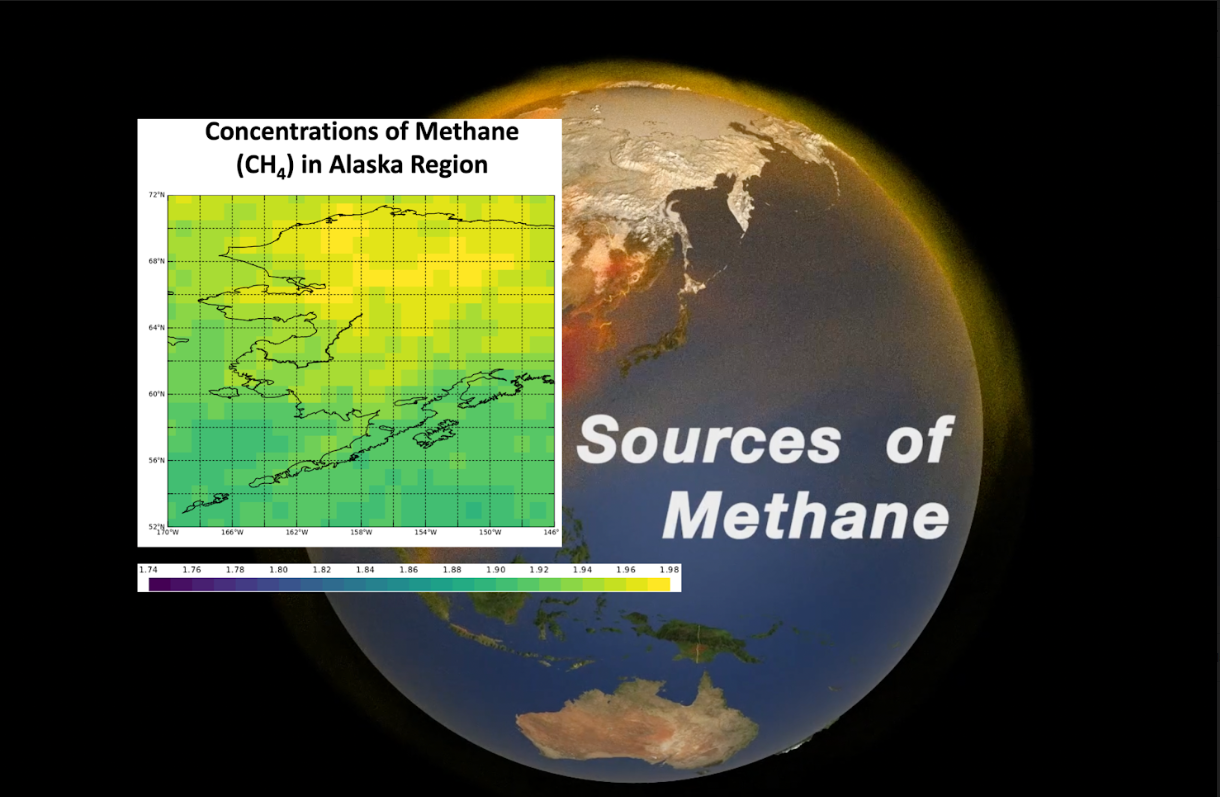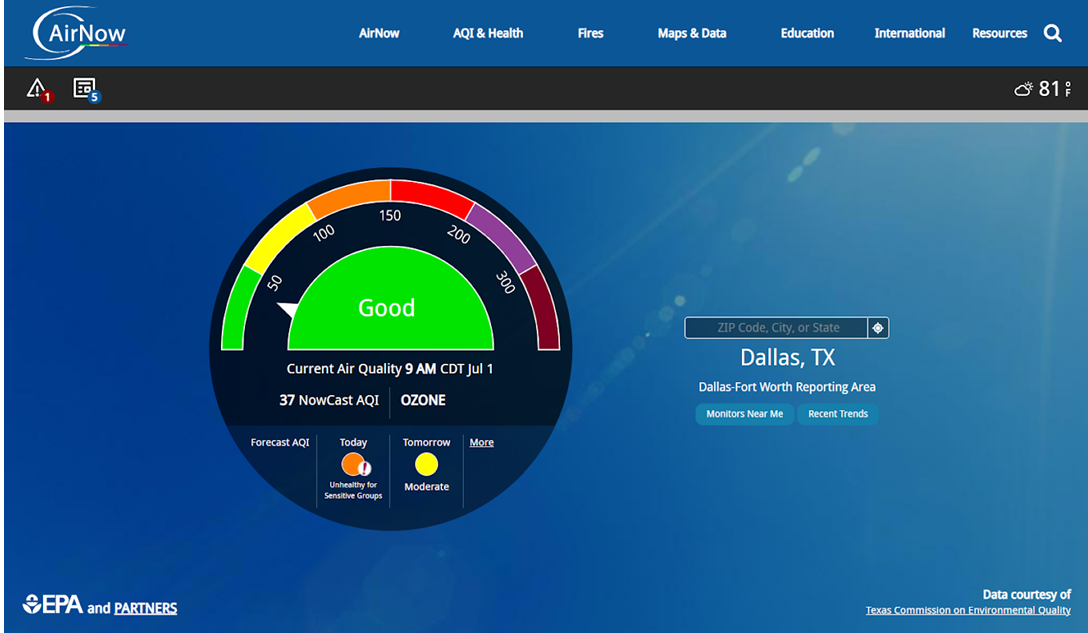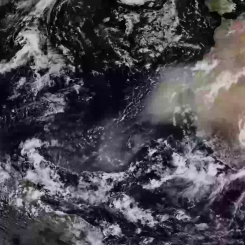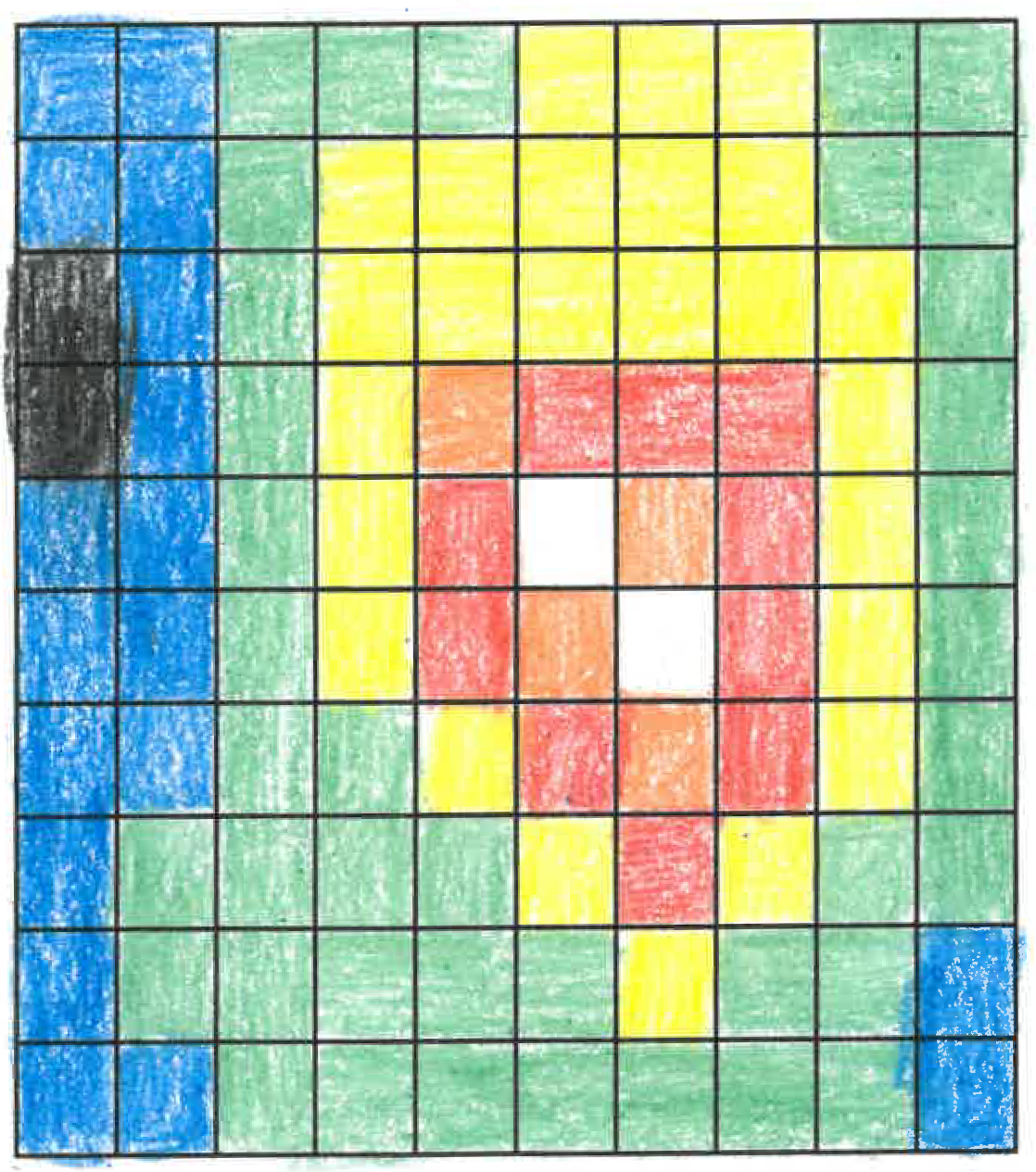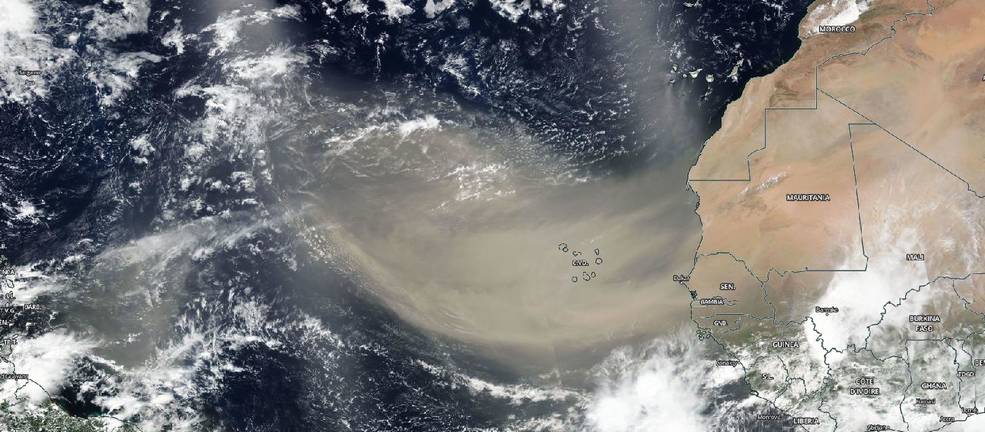Lesson Plans
Monitoring Ozone in the Great Lakes Region
Overview
NASA makes observations and collects data about ozone in the Great Lakes region. Read about the research and analyze related data.
Materials Required
- Online or printed copy of student sheets.
Procedure
Monitoring Ozone in the Great Lakes Region
Part One
Modified from: NASA Aids Study of Lake Michigan High-Ozone Events | NASA
- Read through the copy of the article in the Monitoring Ozone in the Great Lakes Region Student Sheets and study the images.
- Using a highlighter, identify and mark the following in different colors. Identify the color used for each question.
- Who is conducting this research?
- How does ozone impact human health?
- Why is this research needed?
- What satellite is also going to help with this research?
Part Two
Modified from: Great Air Quality for the Great Lakes | NASA
- Read through the copy of the article in the Monitoring Ozone in the Great Lakes Region Student Sheets and study the images.
- Using a highlighter, identify and mark the following in different colors. Identify the color used for each question.
- Who is conducting this research?
- Why is this research needed?
- What are these scientists doing?
- Where is this research taking place?
Part Three
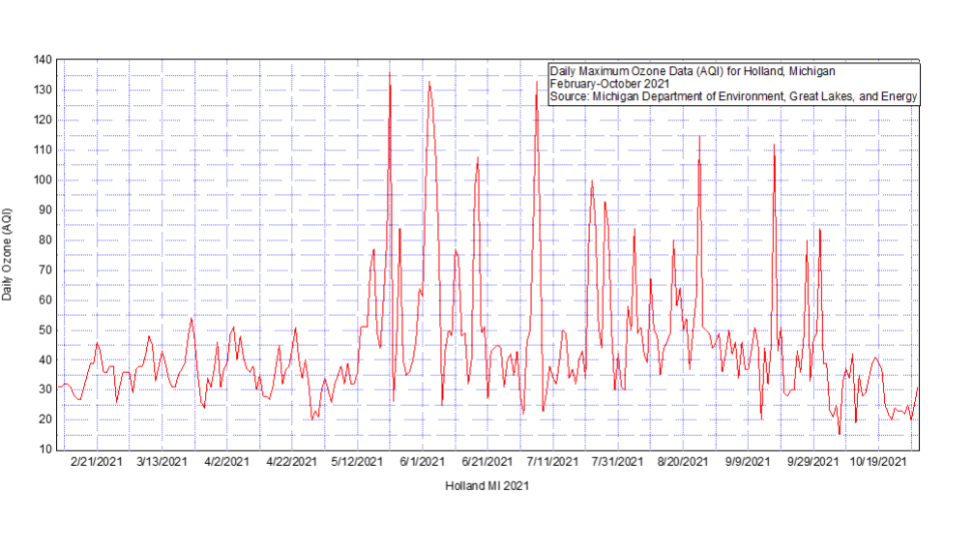
Credit: My NASA Data
Data from: Michigan Department of Environment Great Lakes and Energy
(https://mynasadata.larc.nasa.gov/sites/default/files/inline-images/Monitoring%20Ozone%20in%20the%20Great%20Lakes%20Graph.png)
- Study the graph and find the information needed to answer the questions.
- What pollutant data is recorded on this graph?
- Which months had the highest values?
- Which months had the lowest values?
-
If the data is used to determine AQI, which days had values above 130?
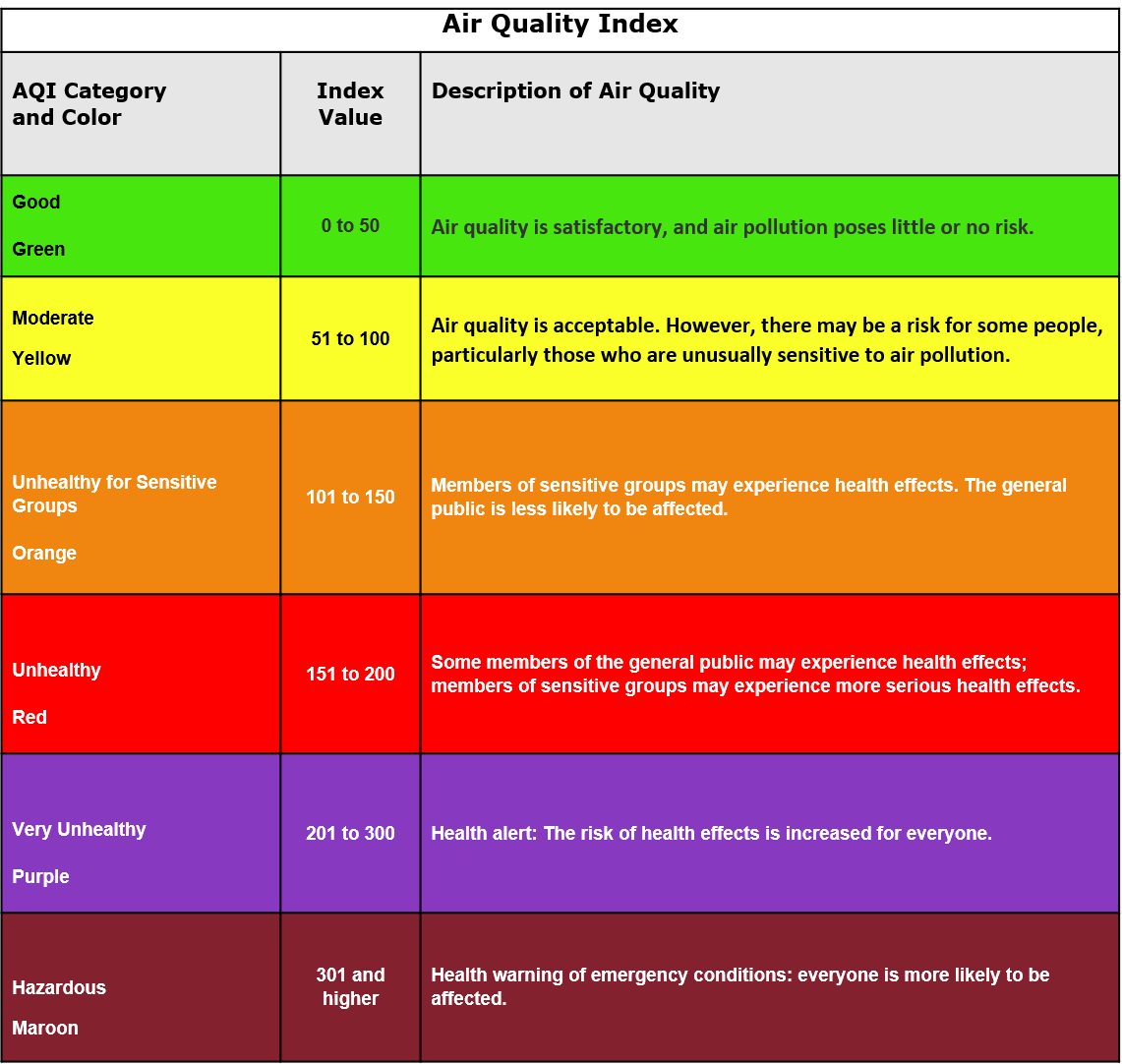
Air Quality Index Values
Credit: EPA
(https://mynasadata.larc.nasa.gov/sites/default/files/inline-images/AQI%20Index_0.png) - Using the EPA’s AQI scale, what is the rating for the days above 130? How many days appear to be above the “good” rating?
- This graph only displays one spring-fall seasonal period. If the late fall-winter months were included, what do you predict would be the most likely AQI rating in those months? How did you determine your answer?
- More years of data would provide more complete data for analysis. If more data was provided, what would be a scientific question to ask that cannot be answered with only one year of data?
- Based on this information and the previous information in the reading, why should ozone be studied in the Great Lakes Region?
Teachers who are interested in receiving the answer key, please complete the Teacher Key Request and Verification Form. We verify that requestors are teachers prior to sending access to the answer keys as we’ve had many students try to pass as teachers to gain access.
Disciplinary Core Ideas:
- ESS3C: Human Impacts on Earth Systems
Crosscutting Concepts:
- Patterns
Science and Engineering Practices:
- Obtaining, Evaluating and Communicating Information
Use the following resources as background information:
- One-to-One (tablet, laptop, or CPU)
- One-to-a-Group
- Teacher computer/projector only


